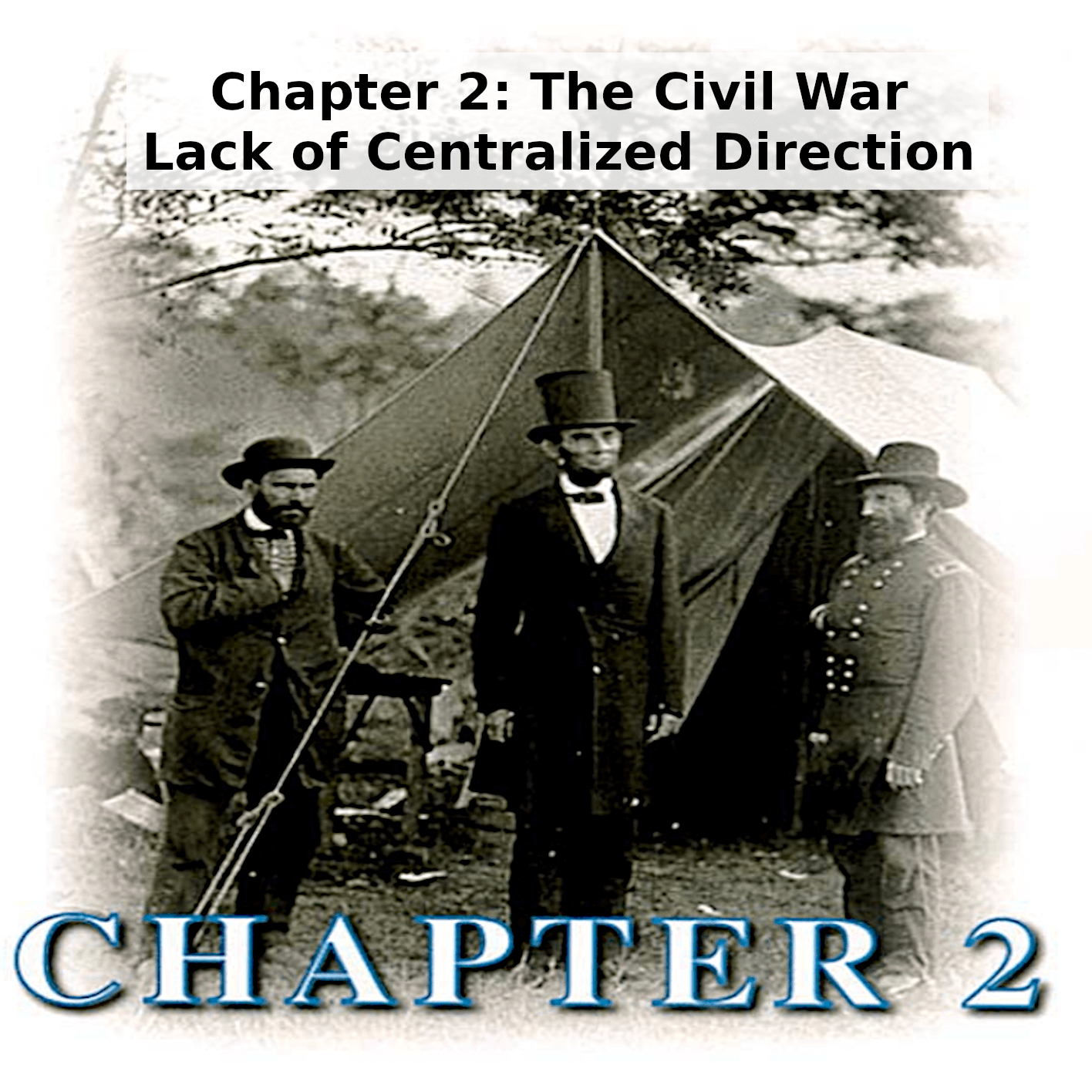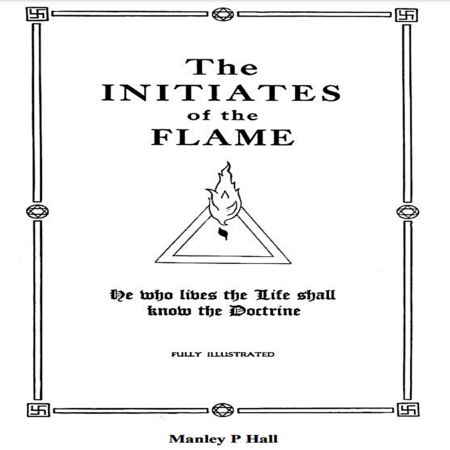Description
The Civil War Chapter 2
Lack of Centralized Direction
Chapter 2 delves into one of the most tumultuous periods in American history – the Civil War. At its core, this chapter explores the profound and often fatal lack of centralized direction that characterized both the Union and Confederate efforts during this harrowing conflict.
The chapter begins by setting the stage for the Civil War, detailing the mounting tensions between the Northern and Southern states over issues like slavery, states’ rights, and regional economic disparities. It delves into the dramatic events leading up to the outbreak of hostilities, including the secession of Southern states and the attack on Fort Sumter.
One of the central themes of this chapter is the contrasting approaches to leadership and strategy taken by both sides. On the Union side, there was a lack of cohesive leadership early in the conflict. The chapter explores the struggles of finding a capable commander and the shifting fortunes of generals like George B. McClellan and Ambrose Burnside. It also discusses the evolving war goals of the Union, from preserving the Union to the eventual emancipation of enslaved people.
Conversely, the Confederate leadership, while initially unified, faced its own set of challenges. The chapter examines the leadership styles of Confederate President Jefferson Davis and his generals, including Robert E. Lee and Stonewall Jackson. It delves into the difficulties of maintaining a coherent strategy as the war dragged on and resources grew scarce.
Moreover, Chapter 2 explores the lack of centralized direction in terms of military tactics and the brutal realities of warfare. It discusses the evolution of battle tactics, the introduction of new technologies like rifled muskets, and the devastating impact of the war on soldiers and civilians alike.
As the chapter progresses, it becomes evident that the lack of centralized direction was a defining characteristic of the Civil War. The war’s complexity, the sheer scale of the conflict, and the decentralized nature of the armies on both sides all contributed to a chaotic and devastating struggle.
In conclusion, Chapter 2 vividly portrays the tumultuous nature of the Civil War, with its lack of centralized direction serving as a critical element in the narrative. It illustrates how leadership, strategy, and the evolving nature of the conflict played pivotal roles in shaping the course and ultimate outcome of this pivotal chapter in American history.





 Jordan Maxwell Videos
Jordan Maxwell Videos







